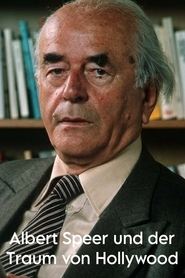detail profile albert speer
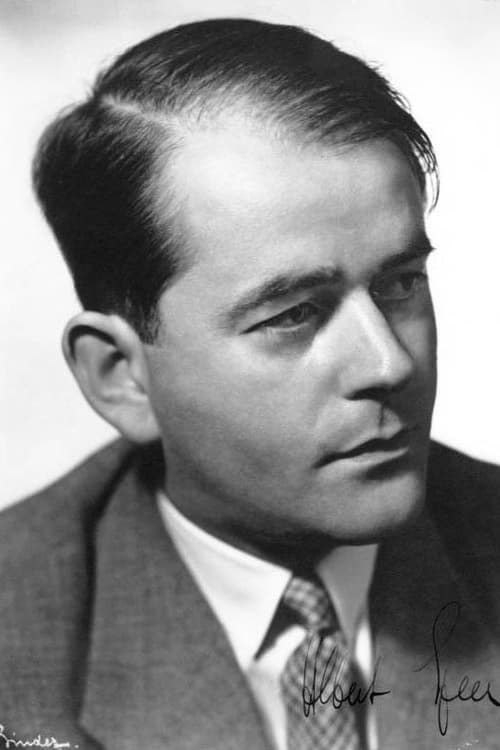
Riwayat Hidup
Berthold Konrad Hermann Albert Speer was a German architect who served as the Minister of Armaments and War Production in Nazi Germany during most of World War II.
A close ally of Adolf Hitler, he was convicted at the Nuremberg trial and sentenced to 20 years in prison.
Info Pribadi
Peran Yang Di Mainkan Albert Speer
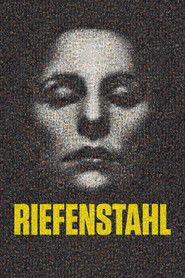 Explores Leni Riefenstahls artistic legacy and...
Explores Leni Riefenstahls artistic legacy and...Riefenstahl 2024
Explores Leni Riefenstahl's artistic legacy and her complex ties to the Nazi regime, juxtaposing her self-portrayal with evidence suggesting awareness of the regime's atrocities.
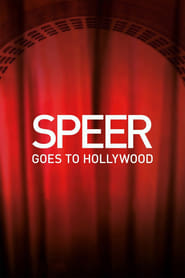 The unbelievable second career of Albert...
The unbelievable second career of Albert...Speer Goes to Hollywood 2021
The unbelievable second career of Albert Speer: How did a man in charge of 12 million slaves become “the good Nazi”? A cautionary tale about his 1971 attempt to whitewash his past with a Hollywood adaptation of his wartime memoir, “Inside the Third Reich”.
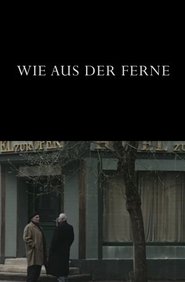 The Israeli historian Tom Segev writes...
The Israeli historian Tom Segev writes...As from Afar 2013
The Israeli historian Tom Segev writes about Simon Wiesenthal's strangest relationship: his friendship with Albert Speer. Speer who was the third Reich's chief architect and one of Hitler's closest friends took responsibility and showed remorse for the Nazi's crimes. After serving 20 years in prison he made efforts to clear his name and became a public persona with the help of his successful autobiography.
 Everyone knows the public archive footage...
Everyone knows the public archive footage...The Private Voice of Hitler 2006
Everyone knows the public archive footage of Hitler. But most of it is silent. What was he saying? Special computer technology enables us for the first time to lip-read the silent film.
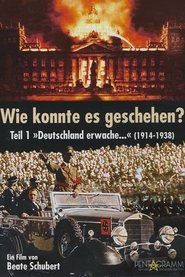 In 1945 160 German cities lay in ruins...
In 1945 160 German cities lay in ruins...Wie konnte es geschehen? - Teil 1: "Deutschland erwache..." (1914 - 1938) 2006
In 1945, 160 German cities lay in ruins and the loss of millions of lives, billions in material assets and countless cultural treasures was mourned throughout Europe... With the question “How could it happen?”, the film goes back to the year 1914, when the “primal catastrophe of the 20th century” took its course with the First World War.
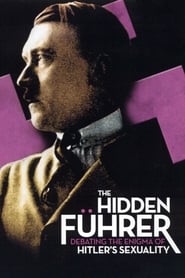 In September 2001 respected German historian Lothar...
In September 2001 respected German historian Lothar...The Hidden Führer: Debating the Enigma of Hitler's Sexuality 2004
In September 2001, respected German historian Lothar Machtan dropped a bombshell on the world of Hitler studies: Hitler was secretly homosexual. His highly acclaimed and explosive book "The Hidden Hitler" ignited a storm of controversy. With information from the bestselling book, award-winning filmmakers Fenton Bailey, Randy Barbato and Gabriel Rotello explore areas of the Führer's private life.
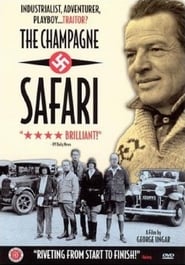 The story of Charles E Bedaux...
The story of Charles E Bedaux...The Champagne Safari 1995
The story of Charles E. Bedaux, Franco-American industrial efficiency expert, adventurer, and Nazi collaborator. In 1934, he bankrolled a 1,200-mile expedition across northern Canada, supported by an outrageously equipped entourage. Documentary about a wealthy adventurer whose Nazi ties eventually led to charges of treason.
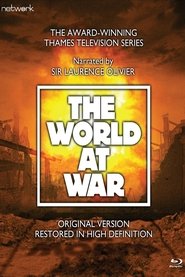 The making of The World At...
The making of The World At...The World at War: The Making of the Series 1989
The making of 'The World At War'. Each film in the 26 episode series had to be an essay on an aspect of the war, because the length and separate aspects of the war was far too much to cover in detail. Jeremy Isaacs talks about the production process and the aims of the project. The intention of the crew that were involved with the various skills in making 'The World at War' had no desire to use film from British, German, French, Polish, Russian, Japanese, or the Americans because of their specific means of showing the winning side of a specific action. Rather, an effort was made to interview people who were not part of the establishment, but rather the common people or assistants and secretaries of historical persons. Film was researched for those films from cameras where there was no special subject, but those that would allow the viewer to make their own decisions about what they had just seen and heard.
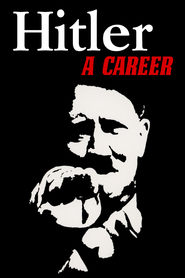 A keen chronicle of the unlikely...
A keen chronicle of the unlikely...Hitler: A Career 1977
A keen chronicle of the unlikely rise to power of Adolf Hitler (1889-1945) and a dissection of the Third Reich (1933-1945), but also an analysis of mass psychology and how the desperate crowd can be deceived and shepherded to the slaughterhouse.
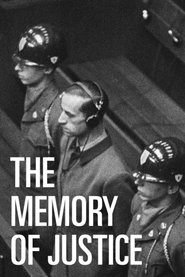 This exceptional disturbing and thoughtprovoking twopart...
This exceptional disturbing and thoughtprovoking twopart...The Memory of Justice 1976
This exceptional, disturbing, and thought-provoking two-part documentary compares the atrocities committed by the Nazis as revealed during the Nuremberg trials to those committed by the French in Algeria and those done by the Americans in Vietnam. The four-hour epic questions the right of any country to pass self-righteous moral judgements upon the actions of another country.
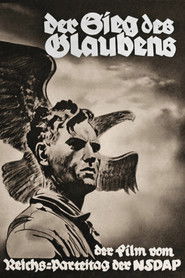 Follows the Fifth Nazi Party Rally...
Follows the Fifth Nazi Party Rally...The Victory of Faith 1933
Follows the Fifth Nazi Party Rally (Nuremberg, 30 August–3 September 1933) and shows the then close relationship between Adolf Hitler and Ernest Rõhm.
